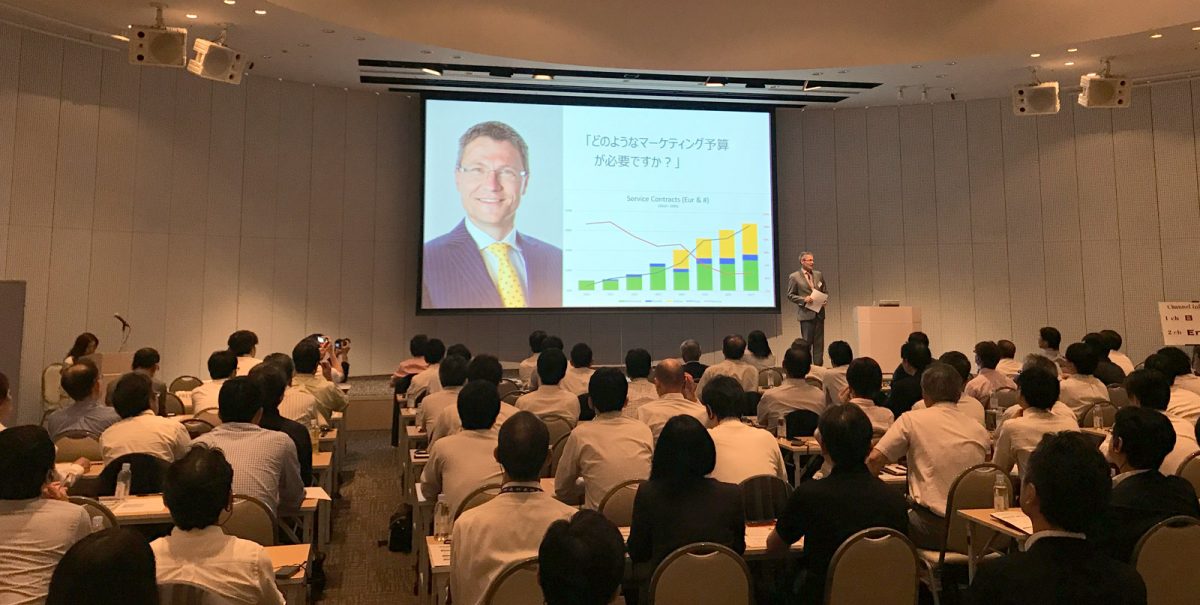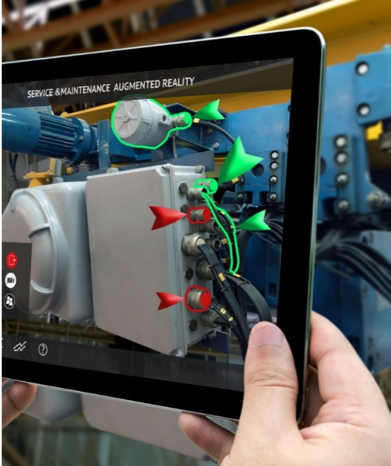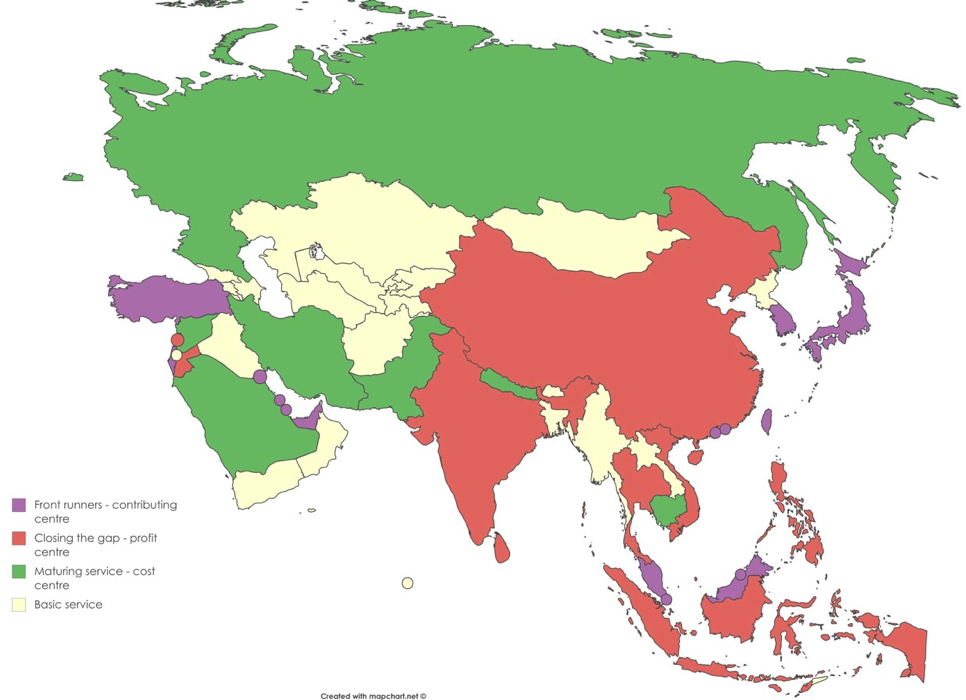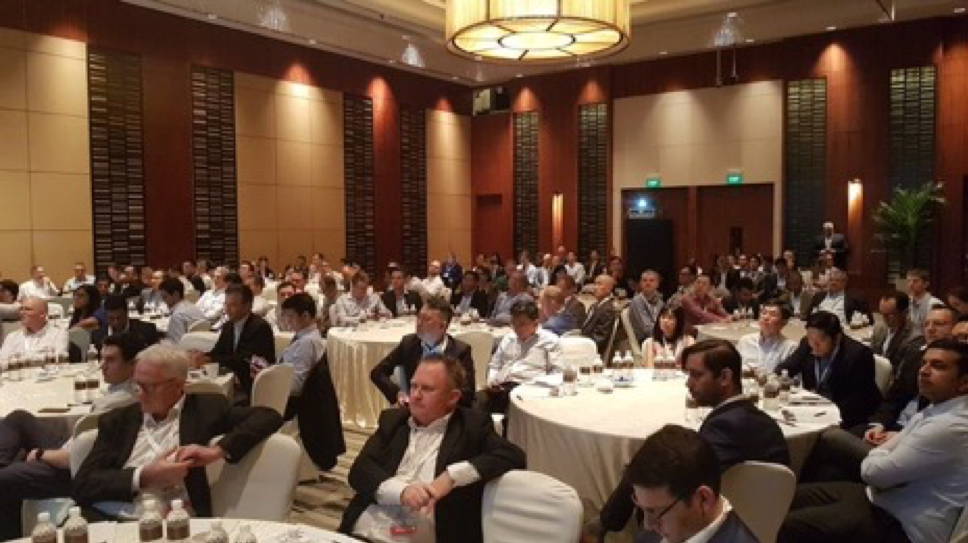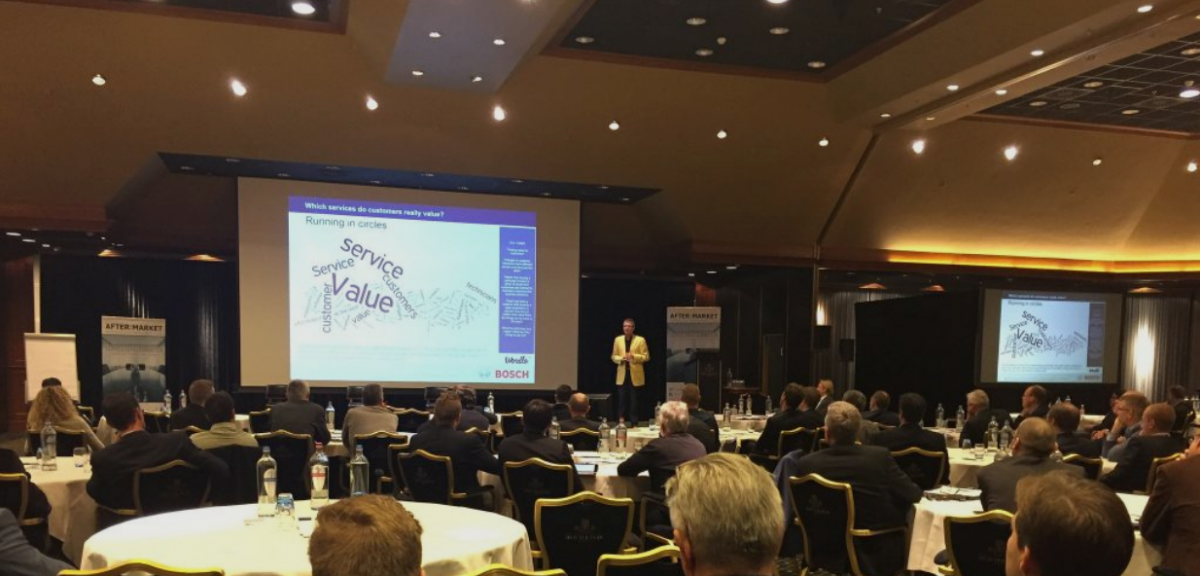When building and transforming a service delivery organization, inevitably the topic of dealing with contractors and partners will come up. Whether the goal is to scale, to be more flexible or to reduce cost, we find most discussions revolve around the how. How do we manage a plethora of potential partners while maintaining control of customers and their experiences?
Our customers often say that in today’s competitive environment it is not a matter if they should work with partners, but how to go about it. Dealing with partners is a commercial reality whereby those partners can represent both an opportunity as well as a threat. What do we do to maximize the opportunity and to minimize the threat?
Configurable Ecosystem
In order to strike the right balance, we typically start by defining terms like outsourcing/insourcing, and (sub)contractor/partners. There are different implications depending on whether you are an original equipment manufacturer (OEM), a third-party maintainer (TPM), an asset operator or a facility manager (FM).
So, if you want to add contracted partners to your ecosystem you have to clearly set the engagement rules and solidify them with supporting tools and processes. Above all, our customers tell us these rules are conditional. They may differ per geography, per product group, per job type, etc.
Tier your Partners
Similar to the relationship you have with your suppliers, you will likely maintain diverse levels of “closeness” with third-party partners. This is defined by the availability of partners and their competitive position in relation to your end customer.
In the past we’ve seen that once you’ve found a partner that also might work for other organizations, you’ve entered into the “battle” of whose tools and processes to use. Today, we see that our customers are asking for tools and processes flexible enough to cater to various models:
- Contractors use tools and processes from an OEM
- Contractors bring their own devices and hooks into the OEM’s processes
- Contractors use their own tools and processes, and jobs are dispatched as black box
- Contractors use their own tools and processes, and jobs are dispatched with full visibility
Having this flexibility at your fingertips allows you to tier your partners and leverage your ability to serve more customers better.
Controlling the customer experience
With the increased capability to leverage contractors in various configurations, how do you manage the customer experience? Some of our customers want a consistent service delivery where the end-customer is oblivious to whom the delivering entity is: your internal organization, or a contractor or subcontractor. Other customers want to emphasize the differences between delivery entities, using it as a competitive advantage.
One key to managing the customer experience is creating visibility, measuring performance and managing KPIs across all delivery entities. Sharing data points without having to “negotiate” on their interpretation will allow you to align your business objectives with your contractors’ business objectives. As a result, you win, your contractor wins and your end-customer wins.
Controlling contractors
Apart from strategic, commercial and technical aspects, controlling a contractor is like controlling service delivery. To a certain degree, you should measure work performed by external resources in a similar fashion as jobs done by your own internal employees. You want to ensure your end-customer gets what he or she is entitled to while you make a decent margin.
As contractors operate at arm’s length, consider focussing on the following three metrics as they have the most direct impact on customer experience, service delivery and contractor performance:
- First-Time Fix: Is the quality of service good, has the problem been solved right away?
- Mean Time to Repair: Is the delivery done in a cost efficient way?
- Net Promoter Score: Is the end-customer happy with the service delivery?
Living apart together
Working with contractors is a bit like living apart, together. You have both overlapping and differing interests. By bringing the conversation to the “how to” level you can remove a lot of threats and weaknesses and focus on the strengths and opportunities. In the end, we all want to serve more customers, better.
This article is published in ServiceMax Field Service Digital on September 4th, 2020


